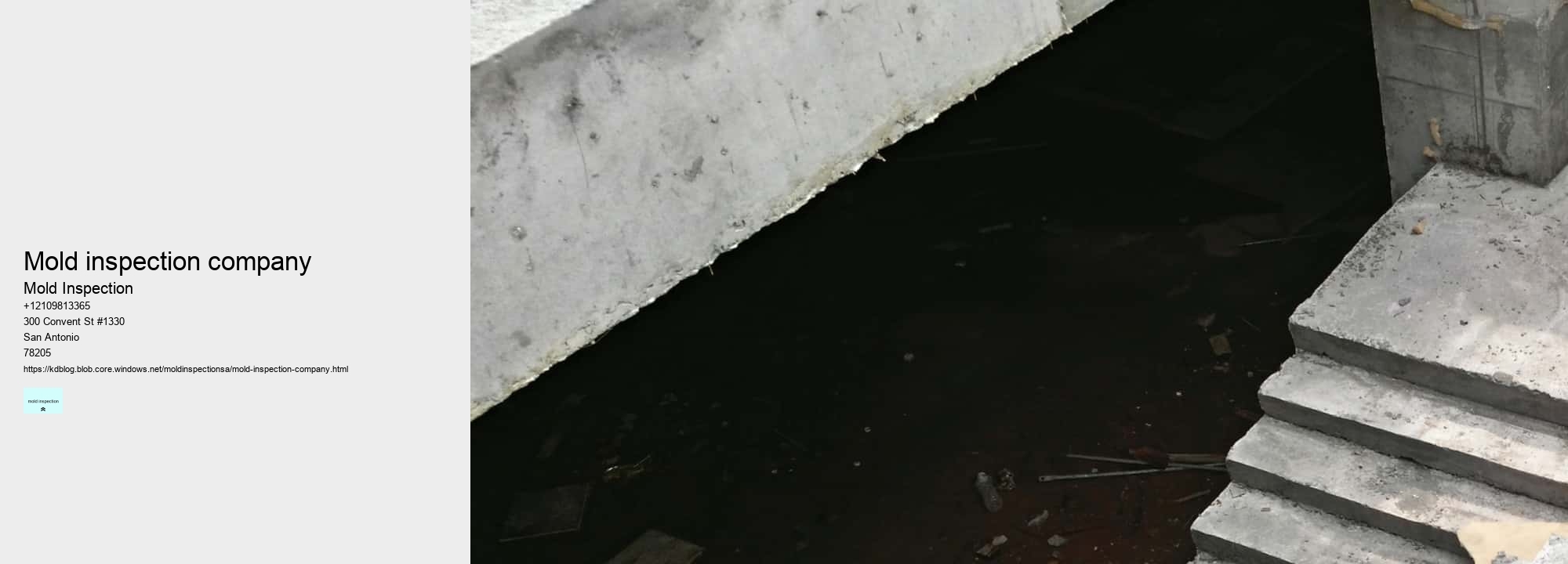

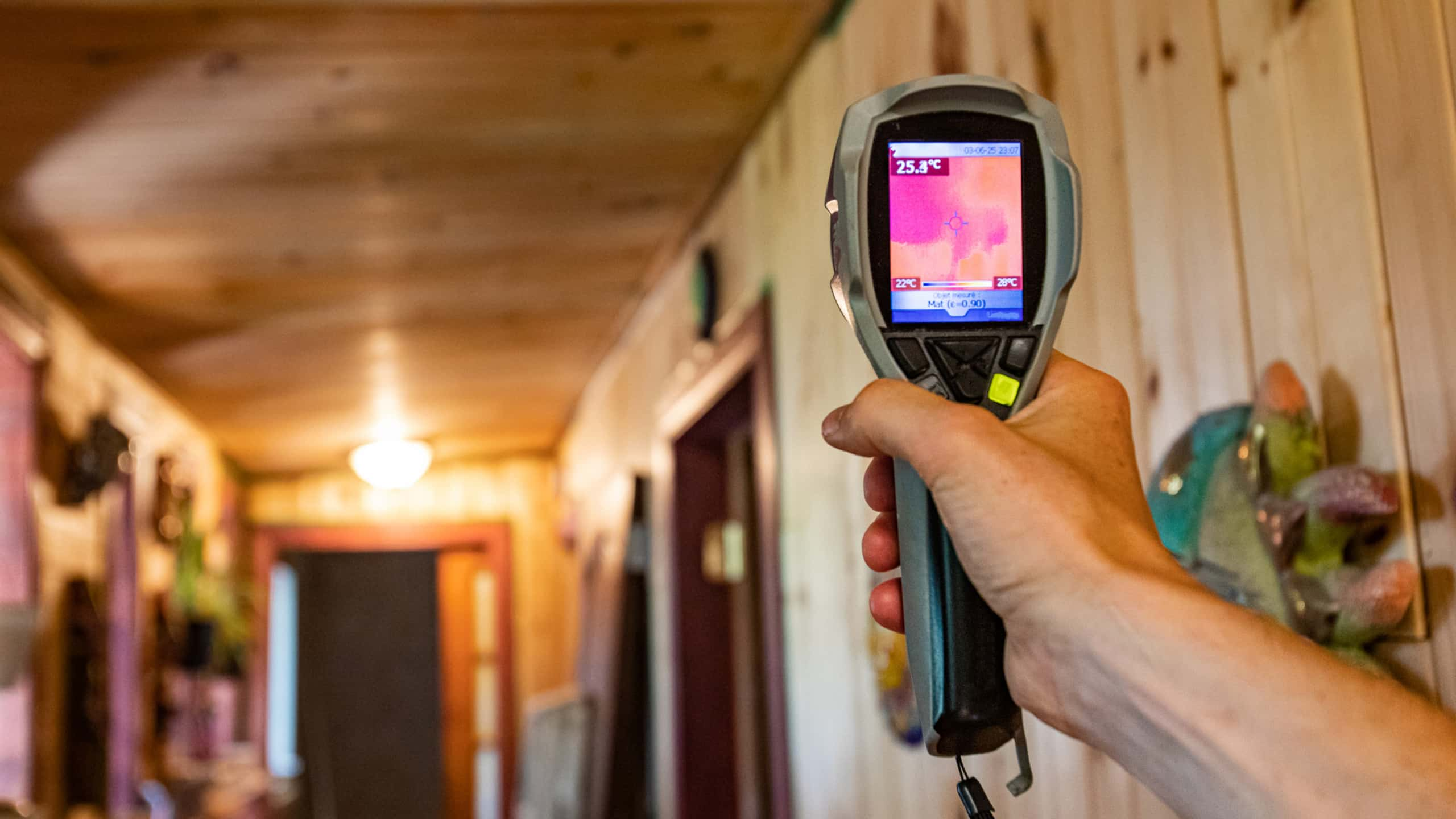
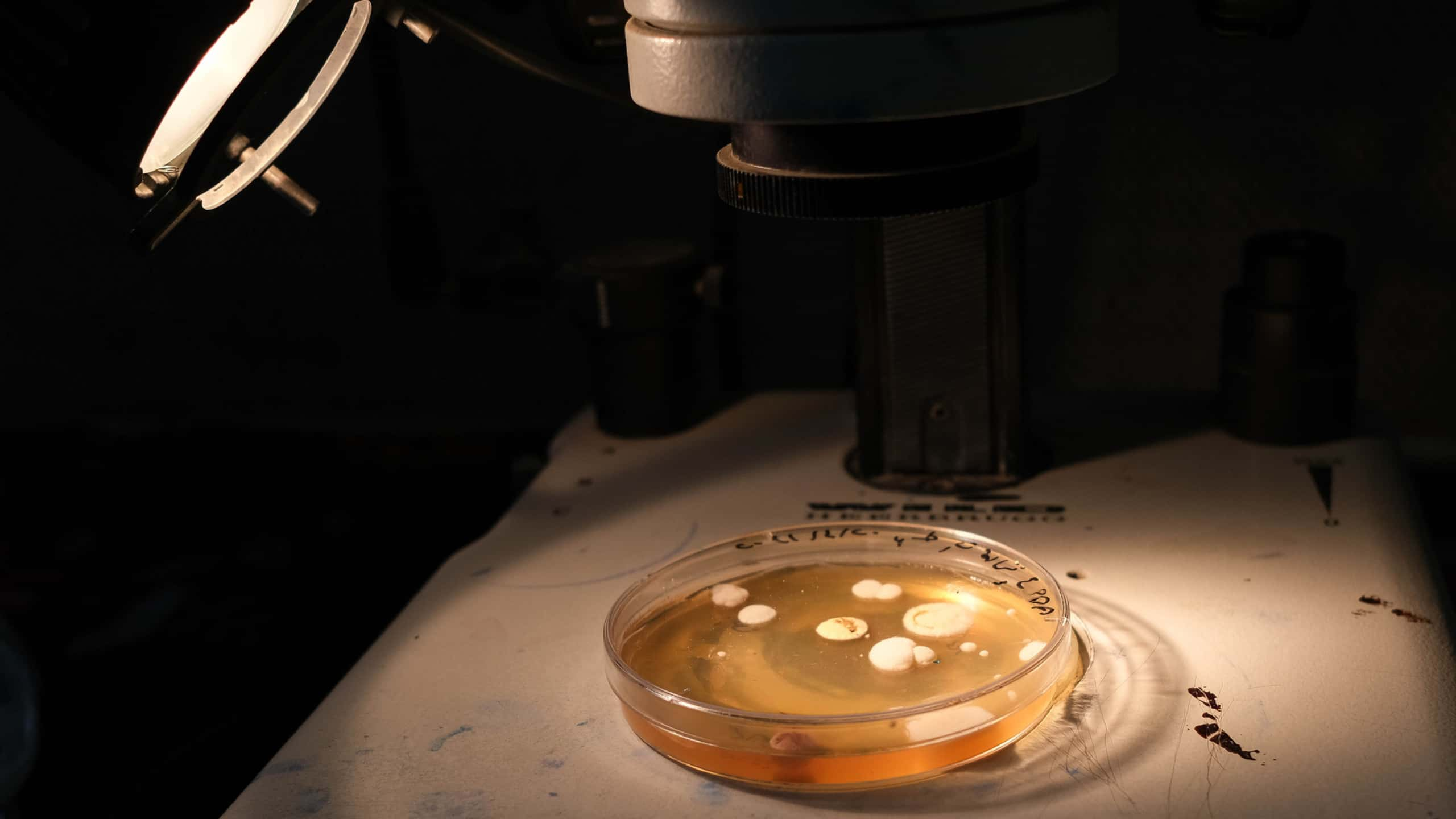

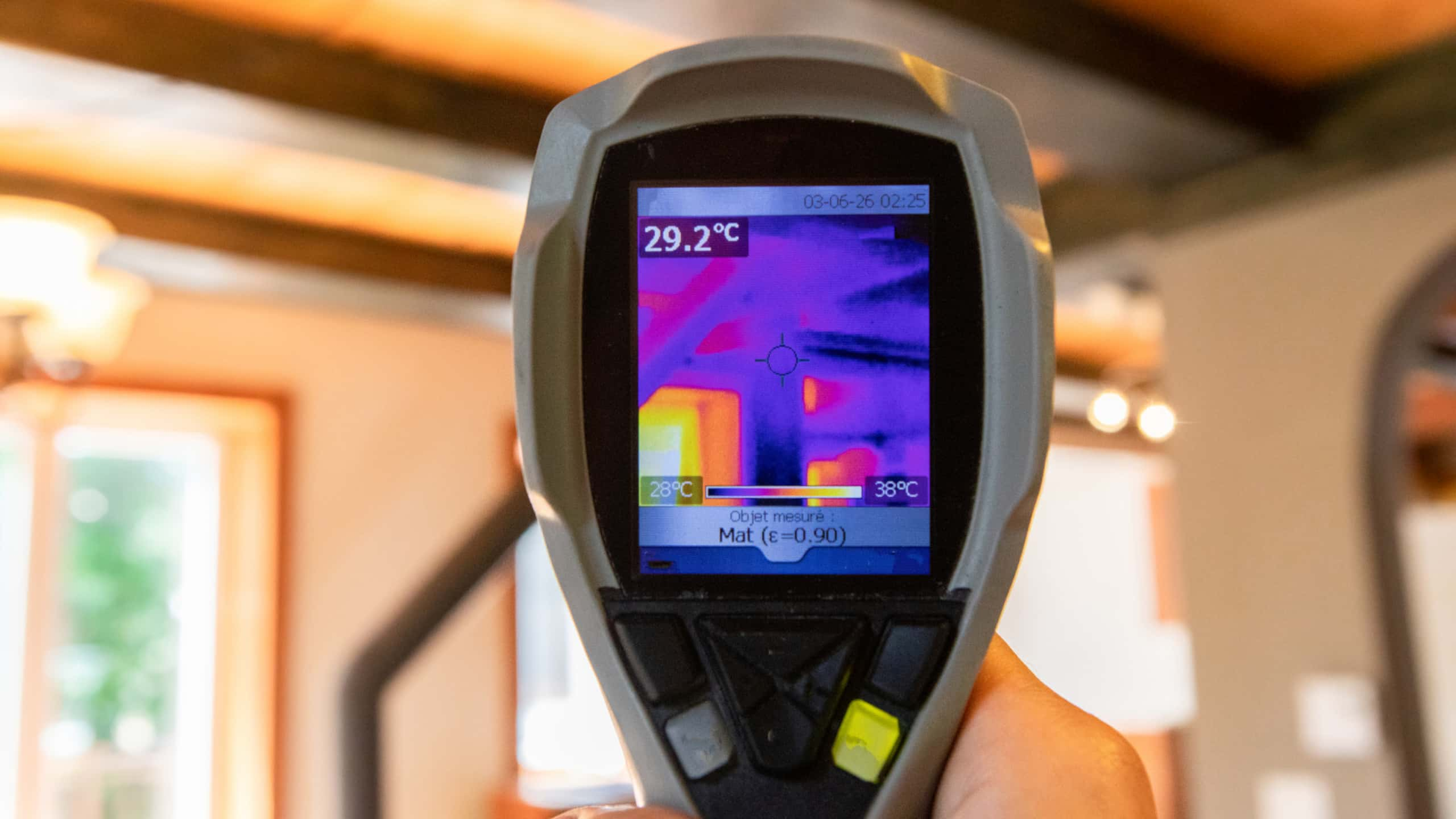
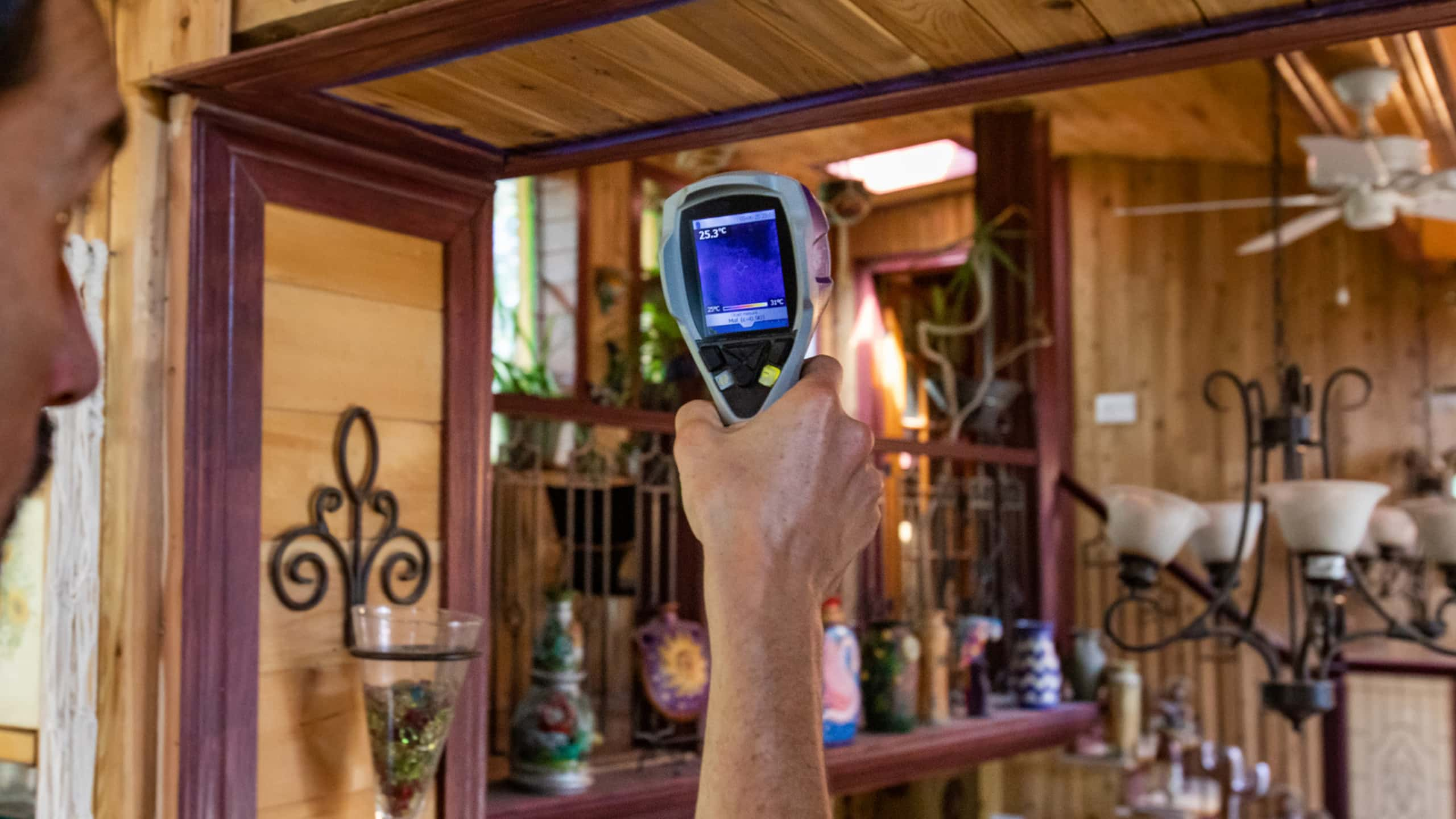
Mold toxicity can be a serious and dangerous health hazard if it's not dealt with properly! Symptoms of mold exposure vary depending on the amount and type of mold, but there are some common signs to look out for. Firstly, chronic sinus infections or congestion (especially when accompanied by headaches) can indicate a problem with mold in the home. Similarly, frequent coughing, sneezing and wheezing may suggest an issue with airborne spores. Secondly, skin rashes and irritations may also indicate a problem. In addition, respiratory problems such as asthma attacks could be caused by mold in your environment. Lastly, fatigue, irritability or difficulty concentrating could also point to potential issues.
Furthermore, if you suspect that you may have been exposed to toxic levels of mold in your home or workplace then it is important to seek medical advice immediately! Additionally, having regular air quality tests done on your property is a good idea too - particularly if any members of your family suffer from allergies or sensitivities. This will help identify any potential contaminants in the air which might need addressing sooner rather than later.
In conclusion, while mold toxicity often poses a serious health risk it's important to remember that it can usually be avoided through prevention measures such as keeping areas clean and dry at all times! Knowing the signs of potential contamination can help protect you from harm - so always pay attention to any changes in how you feel when spending time indoors.
Mold in walls is a serious issue that can cause health problems. (It) Can be difficult to detect, but is there a tool for it? Yes, there are! There are several methods to identify and diagnose mold growth within your walls.
Using a moisture meter might be the most reliable way to detect the presence of mold in walls. This device measures the amount of moisture content in an area and will help you determine if mold is present. It's important to note that this method only works when the wall has been exposed to water or humidity for some time already - it won't detect possible future issues.
Mold inspection is very important! (It) can help to identify potential problems in the home, and prevent future issues. It's essential to have a professional mold inspector come and take a look at your house, as they can detect any possible issues that you may not be aware of. Negatively speaking, if left unchecked, mold growth can lead to significant health hazards and costly repairs.
First off, it's important to understand what kind of molds are typically found in homes. The most common type is called Cladosporium, which appears as green or black spots on walls or surfaces. Other types include Aspergillus, Penicillium, Alternaria and Stachybotrys Chartarum - all of which can cause serious respiratory problems for those living in the environment.
Furthermore, having a mold inspection done will alert you to any moisture or humidity levels that are too high for your home. High humidity levels create the perfect conditions for mold spores to grow and spread quickly. (It) could mean water damage from leaking pipes or other sources that you don't know about yet - so discovering this early on is key!
Another great benefit of getting a mold inspection is being able to identify any odors that may point towards an infestation. Musty smells are usually the first sign of trouble - but without proper testing these smells might go unnoticed until its too late! Lastly, if there has been flooding in your area recently then it's absolutely crucial you get inspected right away; Flood waters often contain fungal spores which can contaminate drywall materials and carpets - leading to a dangerous situation when not dealt with swiftly!